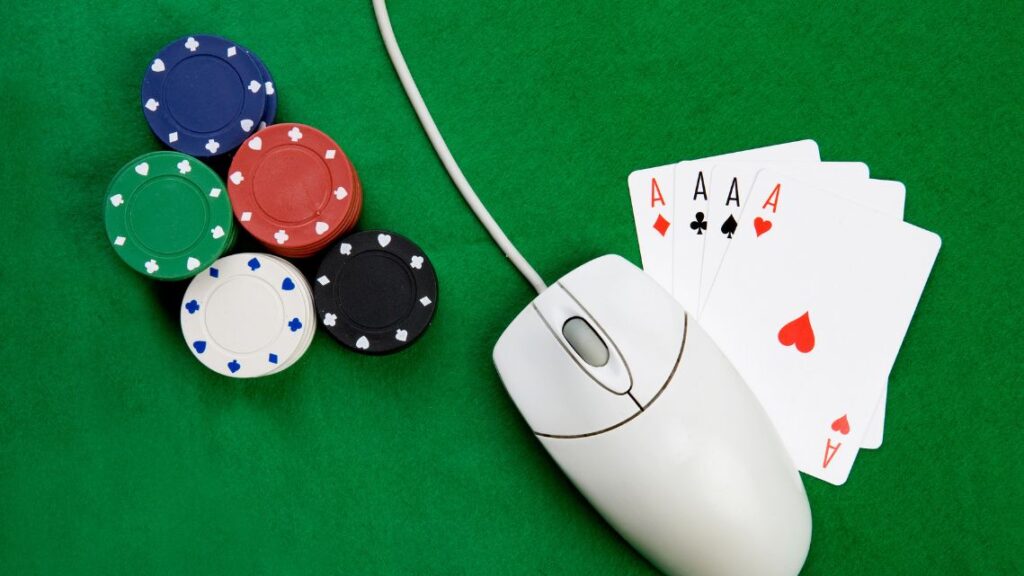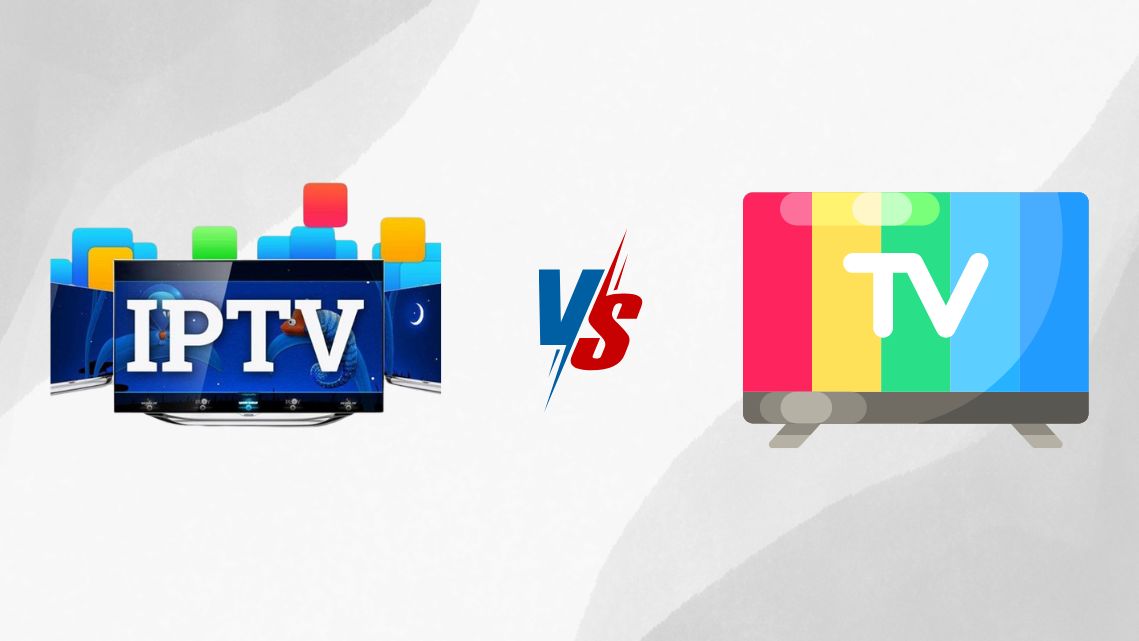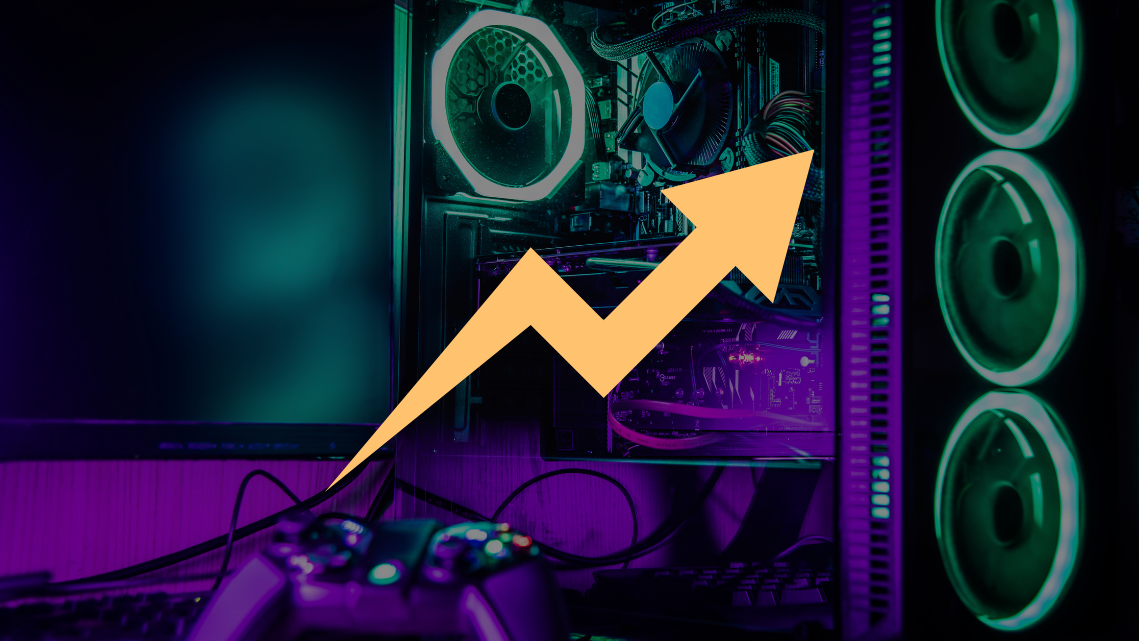Lag in online gaming can ruin your fun, causing delays and frustration. Learn how to troubleshoot lag issues in online gaming with this expert guide from GeekzUP Repairs, and enjoy smooth gameplay today. Addressing this issue is crucial for every gamer.
Understanding Lag in Online Gaming
Lag happens when there’s a delay in data transfer between your device and the game server. This can be due to network problems, hardware limits, or software issues. To effectively troubleshoot lag issues in online gaming, you need to find the root cause. It’s a common challenge in multiplayer games.
Check Your Internet Connection
A stable internet connection is key for online gaming. Test your speed using a tool like Speedtest.net, aiming for a ping under 50ms, a download speed above 20Mbps, and an upload speed over 5Mbps. If your connection is slow, restart your router or contact your Internet Service Provider for help. A strong connection helps troubleshoot lag issues in online gaming effectively.
Optimize Your Network Settings
Reduce network congestion by closing apps that use a lot of bandwidth, like streaming services. Use a wired Ethernet connection instead of Wi-Fi for better stability. Also, enable Quality of Service (QoS) settings on your router to prioritize gaming traffic, which can help reduce lag. Optimizing settings is a smart way to troubleshoot lag issues in online gaming.
Update Your Graphic Drivers and Game Software
Outdated graphic drivers or game software can cause performance problems. Visit the official websites of NVIDIA or AMD to download the latest graphic drivers for your GPU. Also, ensure your game software is updated to the latest version to fix any known bugs affecting gameplay. Keeping updates current helps troubleshoot lag issues in online gaming.
Adjust In-Game Settings
High graphic settings can overload your system, leading to lag. Lower settings like shadows, anti-aliasing, and texture quality to improve frame rates. If your GPU supports it, turn on NVIDIA DLSS to boost performance while keeping visuals decent. Adjusting settings can effectively troubleshoot lag issues in online gaming.
Monitor System Performance
Use tools like Task Manager or MSI Afterburner to check your CPU, GPU, and RAM usage while gaming. If your system overheats or runs low on resources, close unnecessary apps or consider upgrading your hardware for better performance. Monitoring helps you troubleshoot lag issues in online gaming proactively.
Check Server Status
Sometimes, lag is due to problems on the game server’s side. Check the game’s official website or forums for updates on server outages or maintenance. If the server is down, you’ll need to wait until it’s back online to play without issues. Server checks are part of troubleshoot lag issues in online gaming.
Contact Your ISP or Seek Professional Help
If these steps don’t work, your ISP might be throttling your connection. Contact them to fix any network issues. Alternatively, GeekzUP Repairs offers expert services to diagnose and solve gaming performance problems—reach out for professional support. Experts can help troubleshoot lag issues in online gaming efficiently.

Conclusion: Enjoy Lag-Free Gaming
By following these steps, you can troubleshoot lag issues in online gaming and enjoy a seamless experience. Stay proactive by keeping your system and network optimized. Check out more gaming tips on the GeekzUP Repairs blog! Mastering how to troubleshoot lag issues in online gaming will elevate your gaming sessions.
For the latest graphic drivers, visit NVIDIA’s official website.
- Need to troubleshoot lag issues in online gaming? Check our computer repair services.
- Contact GeekzUP to troubleshoot lag issues in online gaming (Contact Us).
- Enhance performance with graphic optimization tips.






